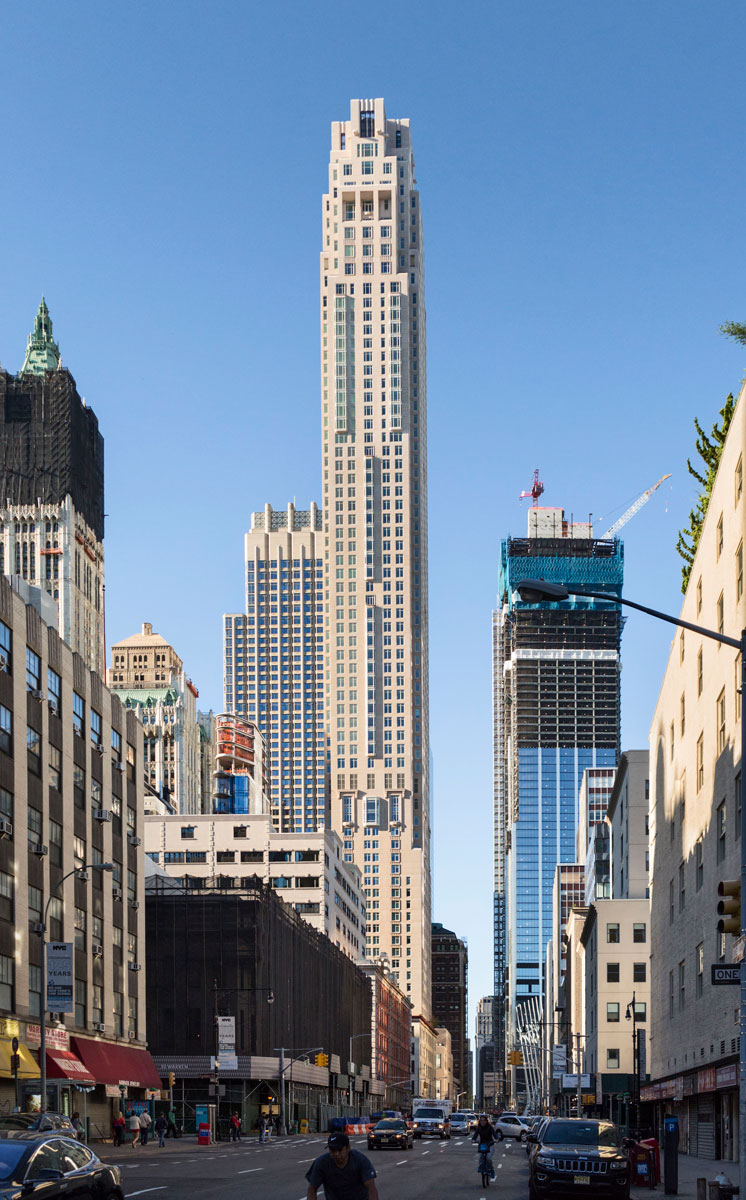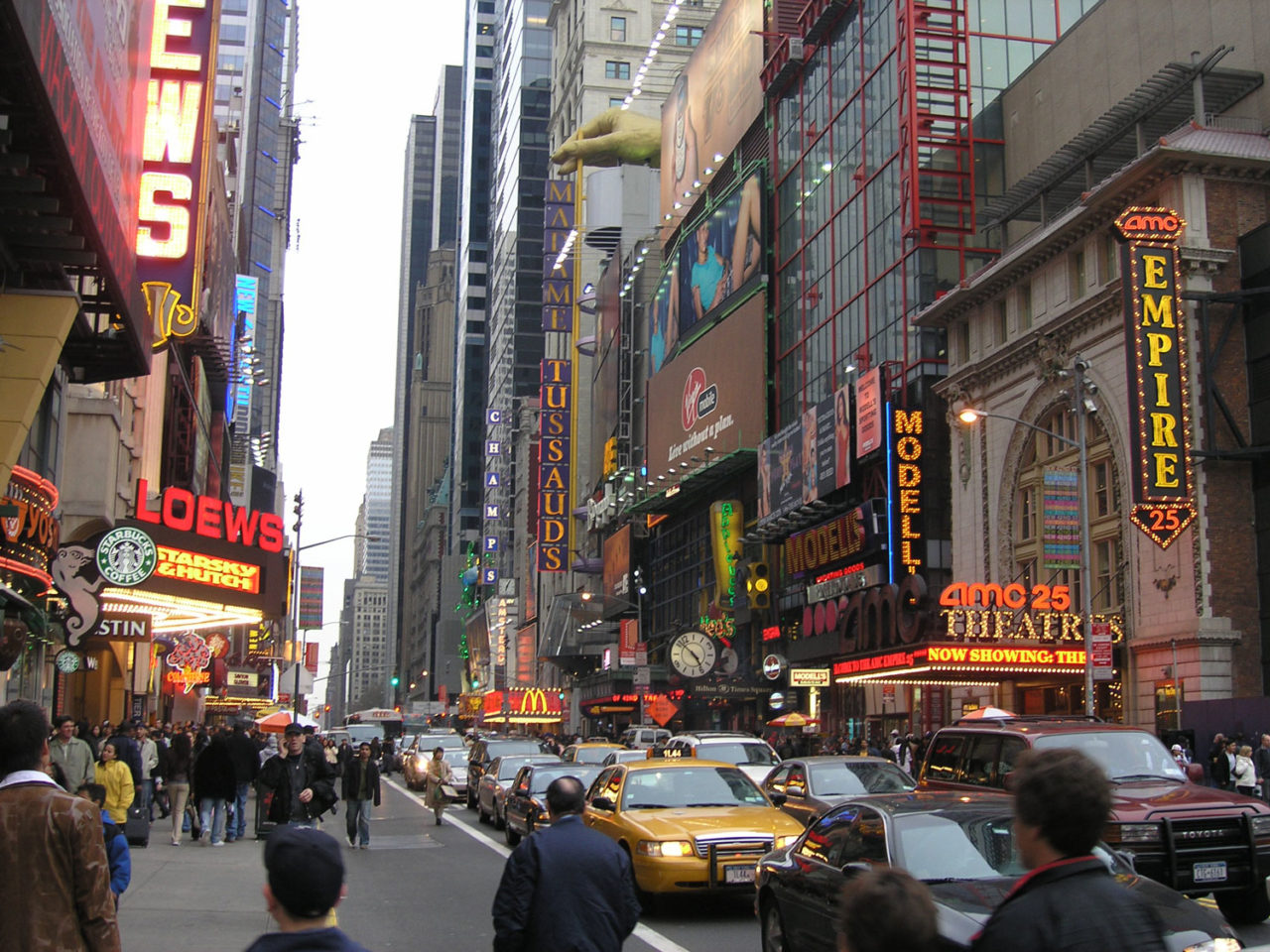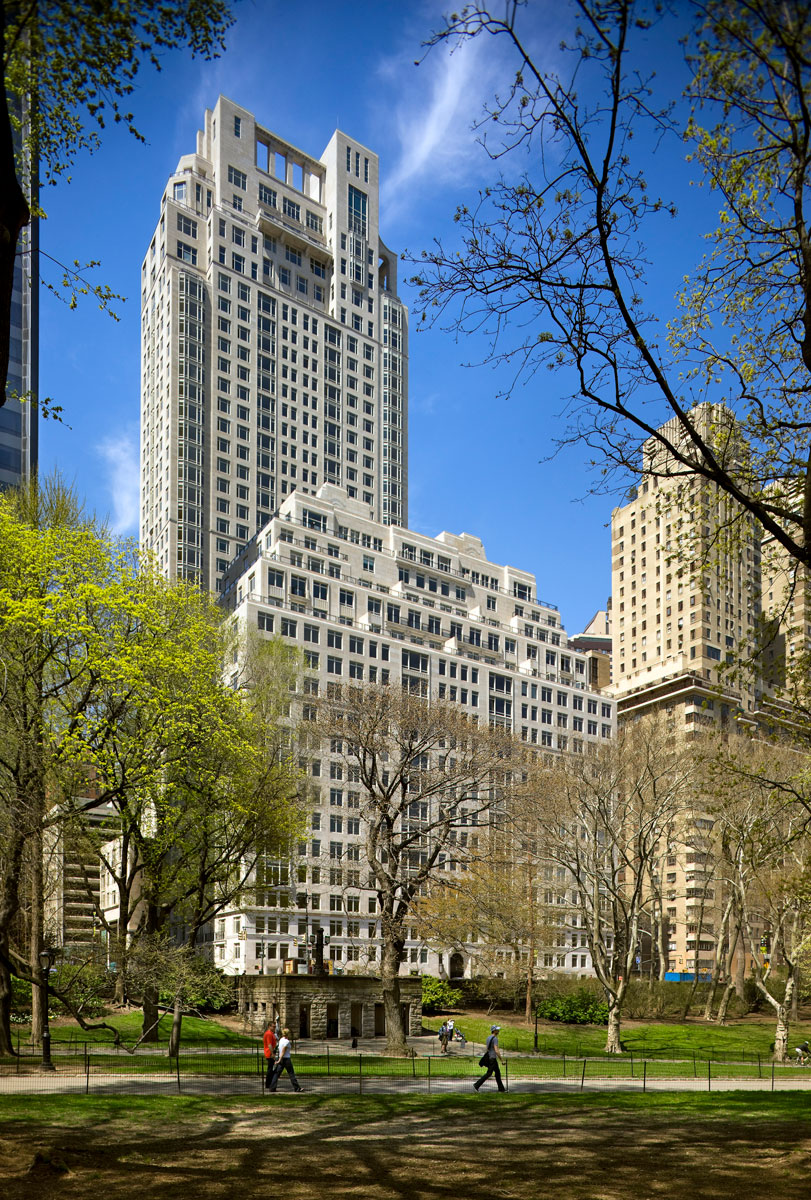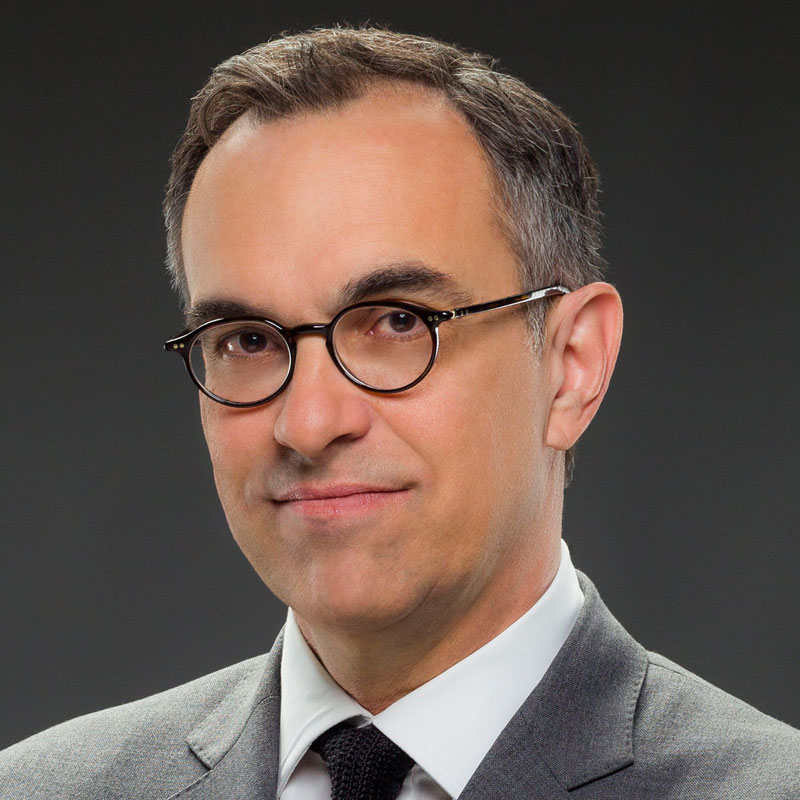by: AIA New York
Paul Whalen, FAIA, shows us how the lessons of American urbanism can guide 21st century community-making at all scales—at home and internationally. A Partner in the firm of Robert A.M. Stern Architects since 1989, Whalen has dedicated his career to understanding what makes successful communities work. His most successful projects range from the design of single multifamily residential buildings to mixed-use urban infill development to entire new neighborhoods, towns and cities. He was Partner in Charge of two of the most influential large-scale American planning projects of our generation: the planned town of Celebration, Florida, and the high-density redevelopment of the theater block of New York’s 42nd Street. Whalen has realized projects across the U.S. and in Canada, South America, Europe, and Asia—in particular in China, where he has demonstrated how to endow dense twenty-first century communities with traditional scale.
In 2018, the Jury of Fellows of the AIA elevated Whalen to the College of Fellows in the second category of Fellowship, which recognizes architects who have made efforts “To advance the science and art of planning and building by advancing the standards of architectural education, training, and practice,” according to the organization’s definition. Now among the AIA membership’s three percent distinguished with Fellowship and honorary Fellowship, Whalen was recognized at the New Fellows Reception hosted by AIA New York and at an investiture ceremony at the AIA Conference on Architecture in New York City.
Q: What is your favorite project you’ve worked on?
A: I love New York—I’ve spent my entire adult life here—so I’m particularly gratified to have had the opportunity to build a number of large-scale buildings in New York, my adopted home city, helping to shape neighborhoods all over town.
Q: What is your earliest memory of experiencing architecture?
A: There was something about playing with Lego blocks as a child, aware that I was creating miniatures of large-scale things and coming to understand that I had this power with these little blocks to conceive something much bigger. I also enjoyed drawing house plans as a kid, sorting out what I liked and what I didn’t like and working to imagine what I thought would be the perfect place to live.
Q: What is influencing your work the most right now?
A: I’m very attentive to the idea that every building we design is a fragment of a neighborhood, so no matter where it’s located we think about it as a piece of the larger whole. Learning about the context and its history—both architectural and cultural—is very important to me because it’s critical to finding the right solution.
Q: What are you working on right now?
A: My colleagues and I are taking lessons from New York’s successful high-density urbanism—New York was the first city to truly develop a tradition of high-rise living in a pedestrian-oriented hierarchy of streets and avenues—and adapting those ideas to other cities across the country and in other parts of the world, especially in China.
Q: What does being a fellow mean to you?
To have my professional career weighed in the balance by peers who conclude that my work adds up to something significant is very gratifying. I also believe that becoming a Fellow will give me increased opportunities to give back to younger architects; teaching and mentoring the next generation is very important to me.
Editors’ Note: This feature is part of a series celebrating the members of the American Institute of Architects (AIA) New York Chapter who are elevated each year to the AIA College of Fellows, an honor awarded to members who have made significant contributions to both the profession and society. Learn more about Fellowship here.













